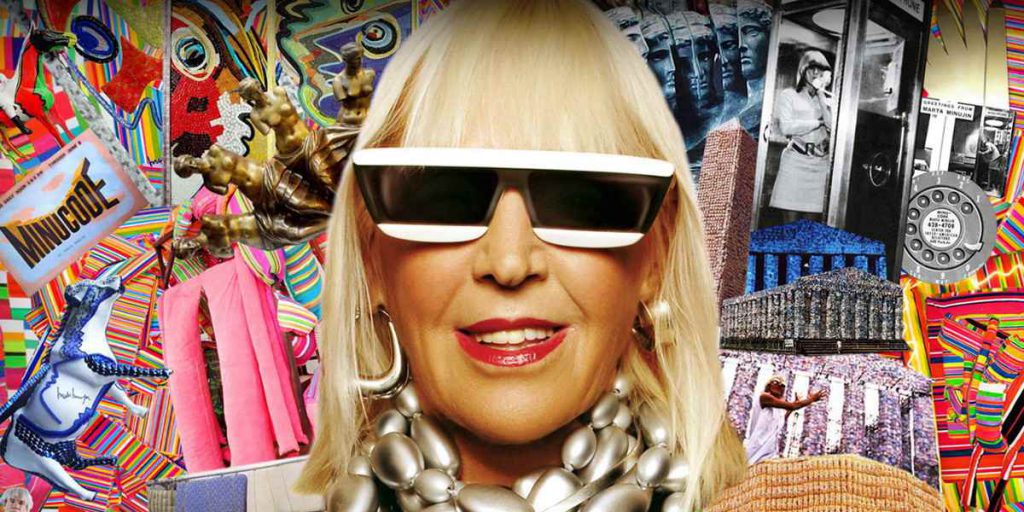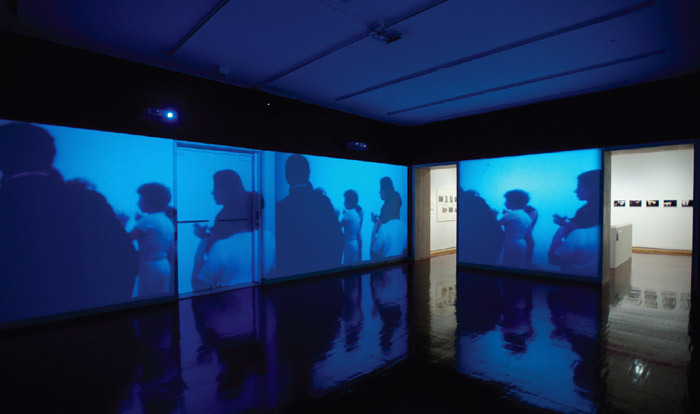By Max Sackett
Prior to arriving at MoMa I had a plan to view Shigeko Kubota’s, Liquid Reality Exhibition and write my blog post about it. However while I was wondering around the museum I was really struck by something else.

As you walk into this room you are surrounded by projections on the wall of men and women at what seems like a party. All around you are conversations between men and women enjoying cocktails and cigarettes. The way it is set up I instantly felt like I was a guest at this party. It is sort of a surreal feeling, you spin around and all around you are people, some looking at you others not paying any attention outside of their own conversations. Being in this space I felt transported to a different time. I felt like I was at one of the parties in a Woody Allen film that Brough together artists and intellectuals alike. A time where speaking amongst friends was used with words and not with posts and likes. To meet people you had to be out in the world not swiping left or right. All of these thoughts are the types of things that we’re running though my mind as I experienced this piece.

Prior to reading the artists supplement writing or intent of the work I like to experiment it personally first. It is my belief art should not always have to be explained. My original thought was that she wanted the viewer to feel as if they were in another place, that as soon as they walk into this room or exhibit they have left the museum, and are somewhere entirely different. This assumption is not totally wrong. Minujin’s most basic idea was to set up four different cocktail parties and invited people from four different sectors: business, arts, politics and fashion. She wanted to see how they interacted with one another and how the people in these different sectors differ from the others.
According to Minujin all the people who were filmed were invited back several days later to watch themselves. “I wanted then to see themselves ‘backward’, to observe their own behavior, to watch their social interactions.” The sensation felt by those who were at these parties was probably quite uncanny. Especially to experience it in the gallery setting with the images being projected all around you. I could only imagine that experience was stranger and more profound than the one I and all the other guests at the MoMa felt.
The experience and the feeling I had when I walked into this galley is one I won’t soon forget. It was quite relatable and inspiring. I felt nostalgia fro a time I had never been and also a feeling of wanting more. I wanted to know who this people were although they were all ordinary people like you and me they became even more so through this visual experience created by Minujin.